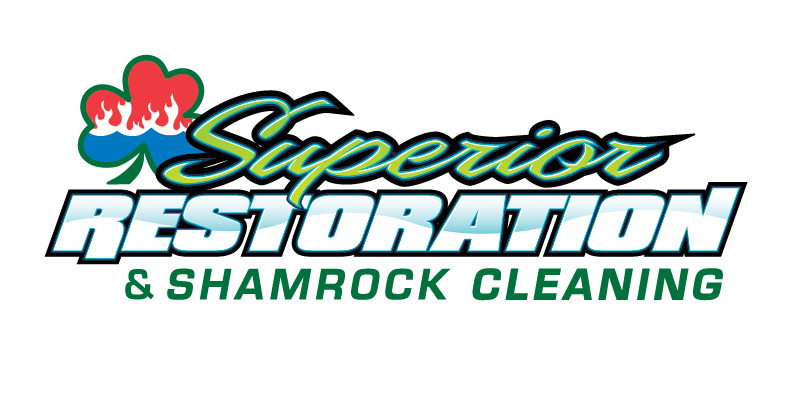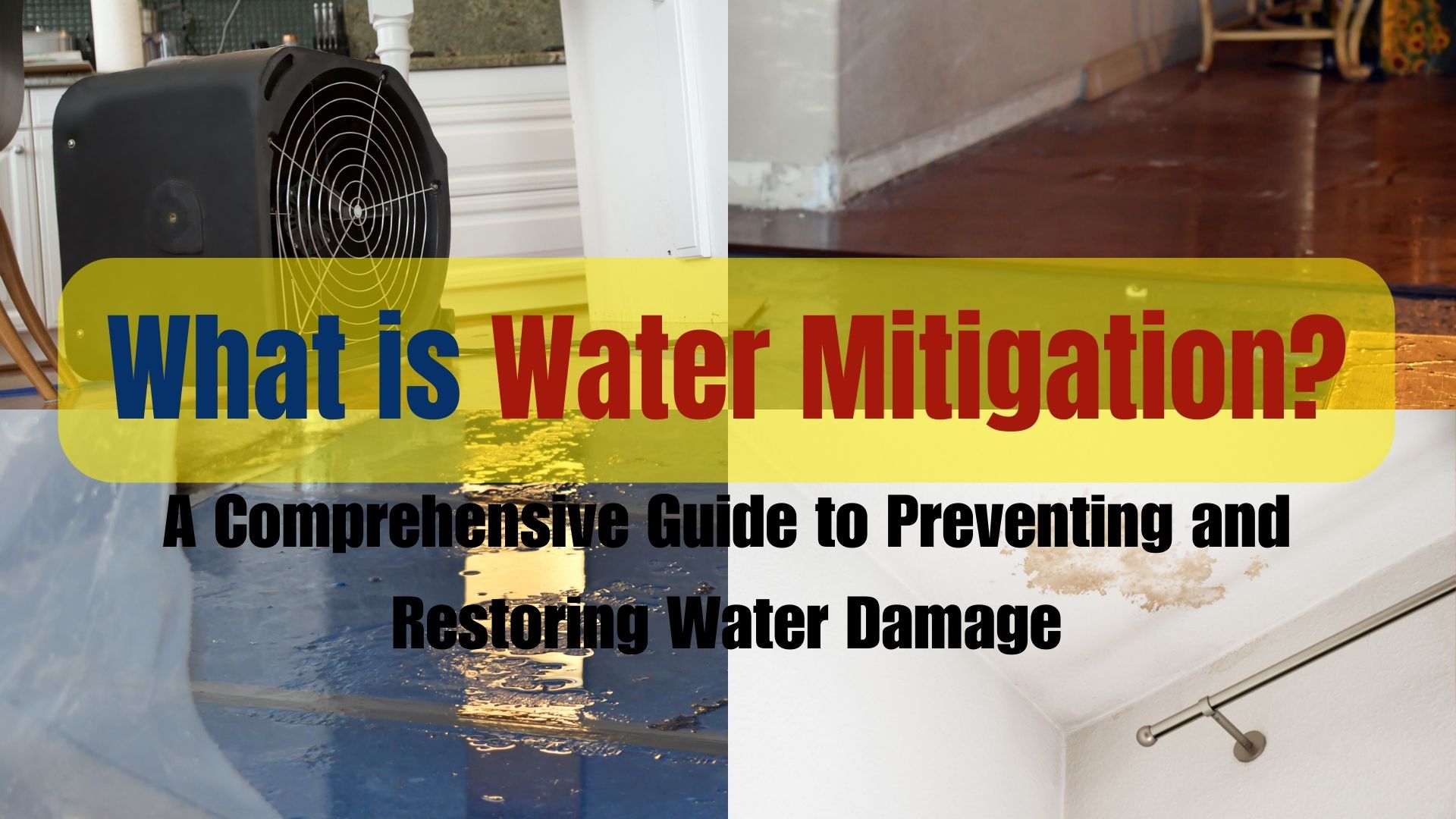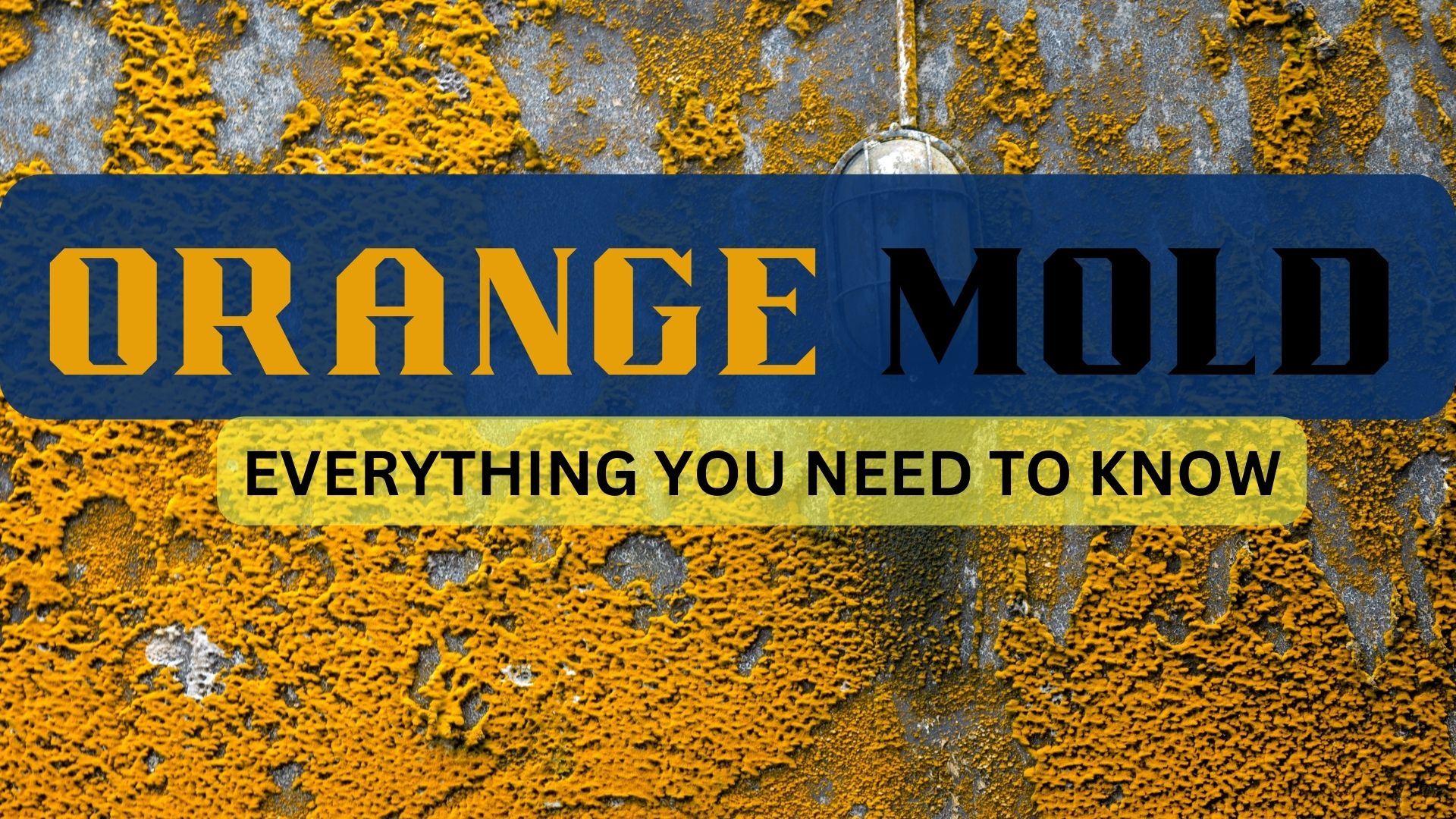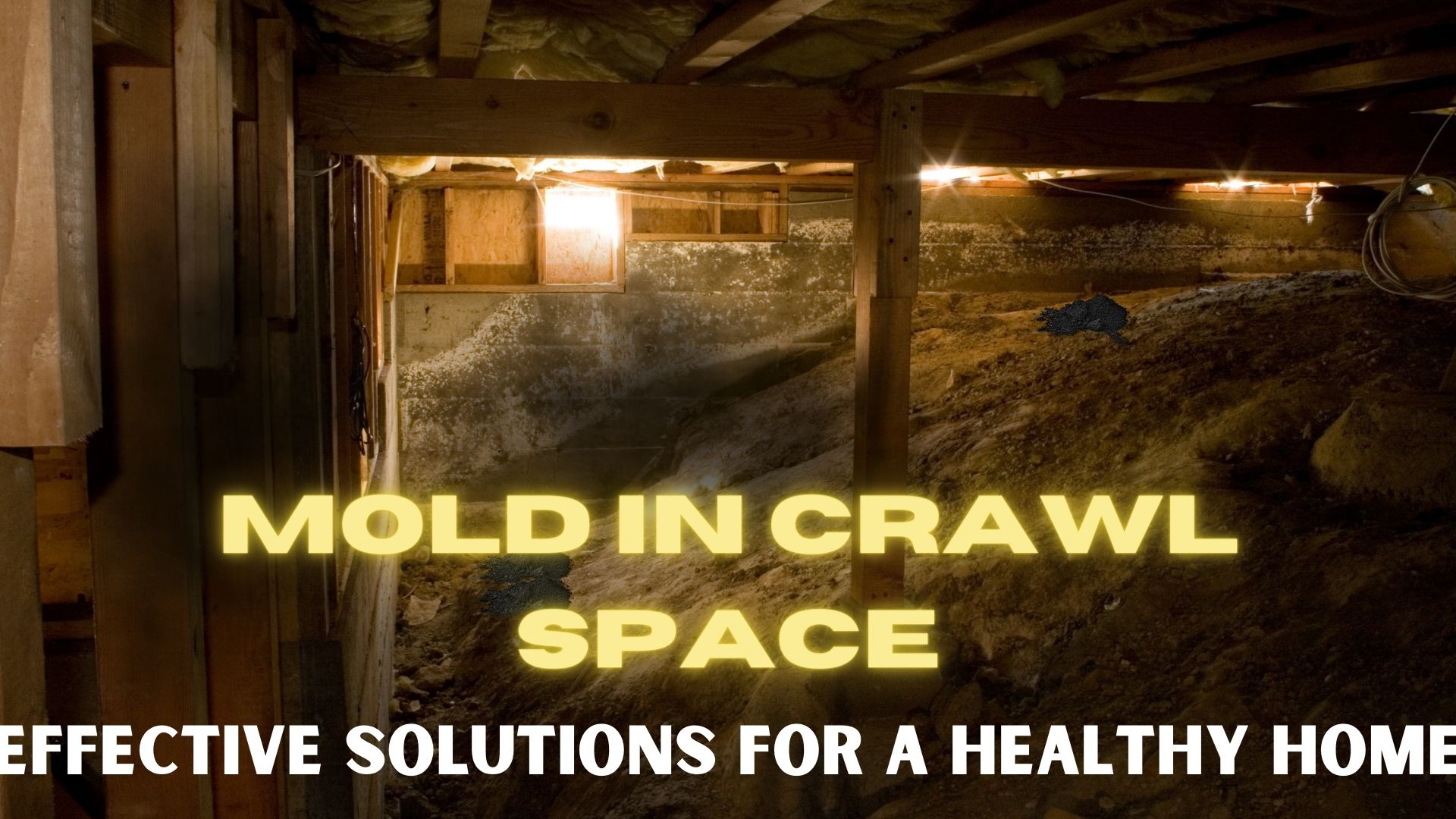Water damage on ceilings can be a distressing and inconvenient problem for homeowners. It not only affects the aesthetics of the space but also indicates potential structural issues and the presence of moisture problems. In this article, we will explore the causes, consequences, and effective solutions for water damage on ceilings. Whether it’s a water-stained ceiling, damaged drywall, or a small hole, understanding the root causes and taking appropriate action is crucial to prevent further damage.
Identifying Water Damage on Ceiling
Water damage on ceiling often manifests as water stains, discoloration, sagging, or peeling paint. These visible signs indicate that the affected area has been exposed to excessive moisture or water leaks. It is essential to address water damage promptly to prevent more significant issues such as structural damage and mold growth.
I. Causes of Water Damage on Ceiling
The most common cause of water damage on ceilings is an initial leak, often originating from plumbing fixtures, roof leaks, or malfunctioning appliances. Identifying the source of the leak is crucial to prevent further damage. Moisture problems, such as condensation buildup or high humidity levels, can also contribute to water damage on ceilings.
II. Consequences of Water Damage on Ceiling
Ignoring water damage on ceiling can lead to severe consequences. The affected area may experience structural damage, compromising the integrity of the ceiling and potentially affecting the entire structure. Prolonged exposure to moisture can also lead to the growth of mold and mildew, posing health risks to occupants.
III. Steps to Fix a Water Damaged Ceiling
It is important to evaluate the severity of the water damage. This assessment will help determine whether professional intervention is necessary.
Here are the steps to fix water damage on ceiling:
- Identify and resolve the source of the water leakage: Inspect the area above the damaged ceiling to locate any plumbing leaks, roof issues, or other sources of water infiltration. Address the root cause of the problem before proceeding with repairs.
- Ensure safety: Before starting any work, turn off the electricity to the affected area to avoid any electrical hazards. Use appropriate safety gear, such as gloves, goggles, and a dust mask, to protect yourself during the repair process.
- Remove damaged materials: Carefully remove any wet or damaged materials from the ceiling, such as sagging drywall or waterlogged insulation. Use a utility knife or a drywall saw to cut out the damaged section in a clean, straight line.
- Dry the area: Use fans, dehumidifiers, or open windows to facilitate the drying process. It is crucial to thoroughly dry the area before proceeding with repairs to prevent mold growth.
- Assess the extent of the damage: Once the area is dry, evaluate the severity of the damage. Determine if only minor repairs, such as patching, are required, or if larger sections of the ceiling need replacement.
- Repair or replace damaged ceiling materials: For minor damage, apply a suitable joint compound to fill in any cracks or gaps, and sand the area until it is smooth and level. For larger sections that need replacement, measure the dimensions accurately and cut a new piece of drywall to fit. Secure the new drywall using screws or nails, ensuring it is properly anchored to the ceiling joists.
- Finish the surface: Apply a thin coat of joint compound over the repaired area to blend it seamlessly with the surrounding ceiling. Feather the edges to create a smooth transition. Once the compound is dry, sand the surface lightly for a seamless finish.
- Paint and match the texture: Prime the repaired area and paint it to match the existing ceiling color. If necessary, recreate the texture using a brush, roller, or texture spray to ensure a consistent appearance.
- Clean and inspect: Clean up any debris or dust resulting from the repair process. Inspect the repaired area to ensure it is structurally sound and free from any signs of moisture or mold. Address any remaining issues promptly.
Remember, if you’re unsure or if the damage is extensive, it’s always recommended to consult with a professional contractor or restoration specialist to ensure proper repair and prevent further complications.
Preventive Measures to Avoid Future Ceiling Water Damage Incidents
After water damage on a ceiling has been repaired, it is essential to take preventive measures to avoid future occurrences. Here are some preventive measures to consider:
- Address the source of the water leakage: Ensure that the initial cause of the water damage, such as a leaky roof or plumbing issue, has been thoroughly fixed. Regularly inspect and maintain these areas to prevent further leaks.
- Improve ventilation: Proper ventilation is crucial in preventing moisture buildup, which can lead to mold and water damage. Install or maintain exhaust fans in kitchens, bathrooms, and other high-moisture areas. Consider increasing airflow in the attic or crawl spaces as well.
- Monitor humidity levels: Use a hygrometer to measure the humidity levels in your home. Keep the humidity between 30% and 50% to prevent excessive moisture that can contribute to water damage.
- Insulate pipes: Properly insulate exposed pipes to prevent condensation and potential water damage. This is especially important in colder climates to avoid frozen and burst pipes.
- Regularly inspect the ceiling: Routinely check your ceilings for any signs of water damage, such as discoloration, stains, or bulging. Catching problems early can help prevent extensive damage and costly repairs.
- Maintain gutters and downspouts: Keep your gutters and downspouts clear of debris to ensure proper water drainage away from your home. Clogged gutters can lead to water overflow and potential damage to your ceilings and walls.
- Consider a water alarm system: Install water detection devices in areas prone to leaks or water damage, such as near appliances, pipes, or in basements. These alarms can alert you to potential water issues before significant damage occurs.
- Regularly inspect the roof: Check your roof for any damaged or missing shingles, cracks, or other signs of wear. Promptly repair or replace any compromised areas to prevent water from entering your home.
- Act quickly: If you notice any signs of water damage or leaks, take immediate action to investigate and address the issue. Quick response can help prevent further damage and the need for extensive repairs.
By implementing these preventive measures, you can reduce the risk of future water damage to your ceilings and maintain a safe and dry living environment.
IV. Water Damage Restoration
In severe cases of water damage on ceiling, professional water damage restoration services may be required. Water damage restoration experts have the knowledge, experience, and equipment to handle extensive damage and mitigate potential risks. They can efficiently extract water, dry the affected area, perform necessary repairs, and restore the ceiling to its pre-damaged condition.
Moreover, water damage experts play a crucial role in repairing water damage on ceilings due to their specialized knowledge and experience. They possess the expertise to accurately assess the extent of the damage, identify hidden issues, and determine the most effective restoration techniques. With their skills and access to professional equipment, they can efficiently extract water, thoroughly dry the area, prevent mold growth, and restore the ceiling to its pre-damaged state. Their expertise ensures a comprehensive and long-lasting repair, minimizing the risk of future problems and providing peace of mind to homeowners.
Got Water Damage on Your Ceiling? Seek Water Damage Experts
Water damage on ceiling is a problem that should not be ignored. It can lead to structural damage, mold growth, and further complications if left unaddressed. By promptly identifying the signs of water damage, finding the source of the leak, and taking appropriate action, homeowners can minimize the consequences and restore their ceilings effectively. Remember, if the damage is extensive or you are unsure about handling the repairs, it is advisable to seek professional assistance like Superior Restoration and Shamrock Cleaning to ensure a thorough and successful restoration process.
Contact our local office Water Damage Rancho Cucamonga, today!





